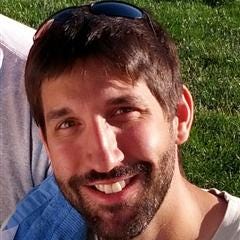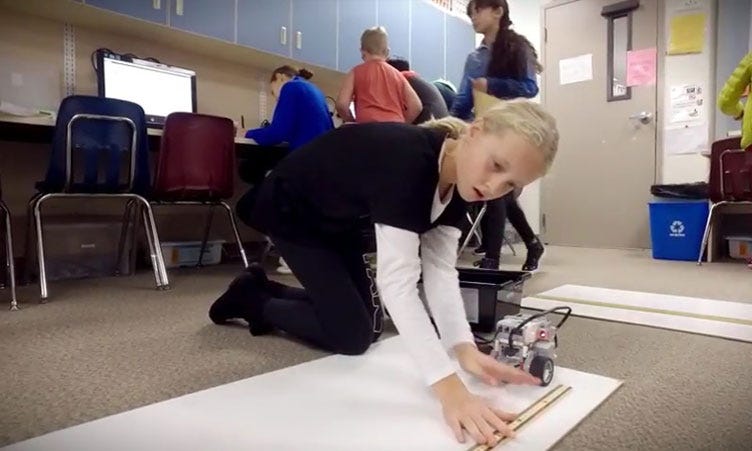
Science is not done in a straight line. Regardless of traditional lessons on the scientific method, rarely are questions about our natural world answered after a single pass through a sequence of hypotheses, experimentation, analysis and conclusion. Science is an iterative process of solving problems and gaining knowledge by questioning, researching, communicating, questioning again, modeling explanations, and back-and-forth, repeating steps as needed.Furthermore, the best science is done cooperatively. This is what the new Washington State Science Learning Standards (WSSLS) are asking of our students: to “do” science differently.
If you observe a classroom that has embraced the approaches outlined in “The Framework for K-12 Science Education,” the foundational report that was used to construct the Next Generation Science Standards (on which the Washington standards are based), you will notice an atmospheric shift from the way science has been taught previously. Fewer lessons involve memorization, teacher-only posed questions, “cookbook” investigations, and disconnected topics taught in isolation.

Washington schools are putting WSSLS into practice at all grade levels. At Martin Sortun Elementary in Kent, 5th grader Madelynne programs a robot at the school’s STEM Lighthouse.
You will see students puzzling over scientific phenomena and engineering problems, lesson objectives driven by students’ questions and wonderings, discourse among classmates, and a culture of open-mindedness on the part of the students and teacher. ALL students share experiences (that is, lessons and classroom activities anchored in the same phenomena). And all students are encouraged to apply their own background knowledge to hypothesize, without fear of being wrong. There is a willingness to encourage students to meld what they observe and know about the world around them with new information and learning. In fact, the best learning comes when we push against our previous understanding. The teacher’s role becomes a facilitator of student thinking, not the deliverer of facts and information.
The new standards are game changers. I personally have never felt better about my instruction since implementing the WSSLS. It’s hard work, ambitious work. It’s clunky, challenging and rewarding work. I can’t wait to do it again tomorrow!
Josh Simondet teaches 8th grade science at Morris E. Ford Middle School in Tacoma. He is a participating teacher in the Partnership for Ambitious Science Leaders and is also part of the Washington State Fellows Network.
The Washington State Science Learning Standards were adopted in 2013. They provide consistent science education through all grades, with an emphasis on engineering and technology. Learn more about the standards from The Office of Superintendent of Public Instruction here and from the WA State Board of Education here.